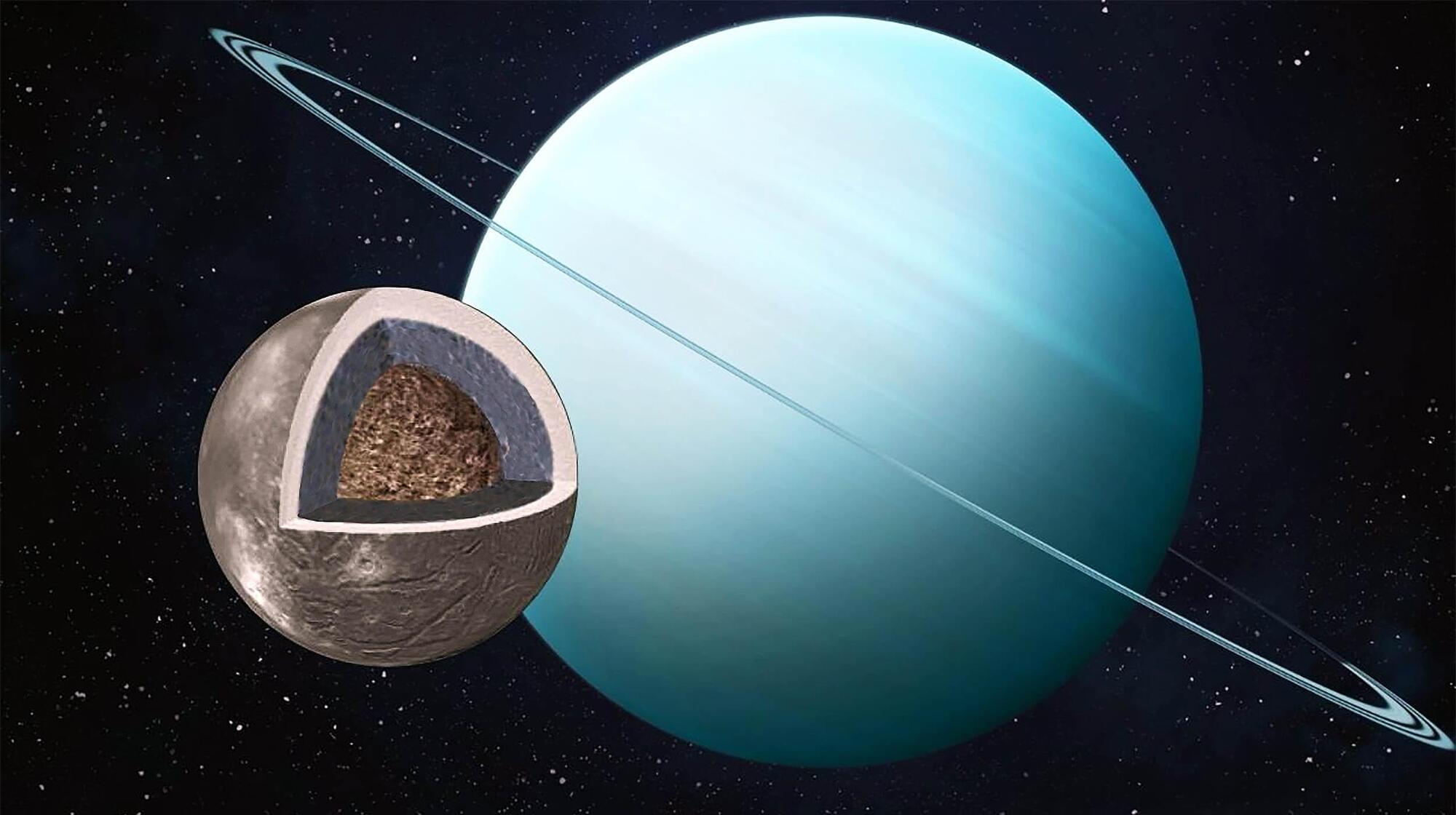In a significant advancement for international space collaboration, the European Space Agency (ESA) has unveiled its latest deep space antenna in New Norcia.
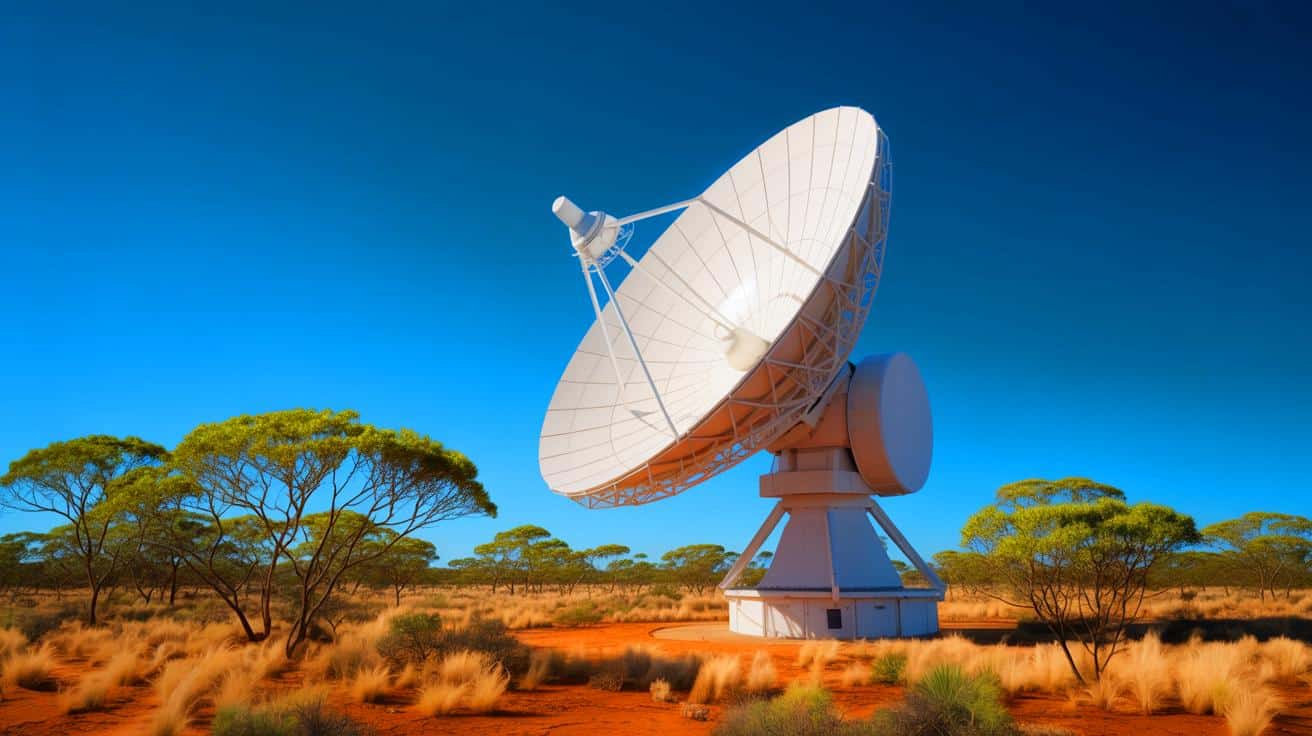

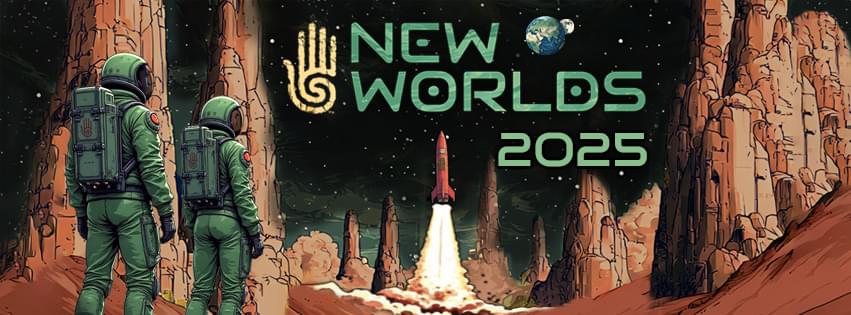
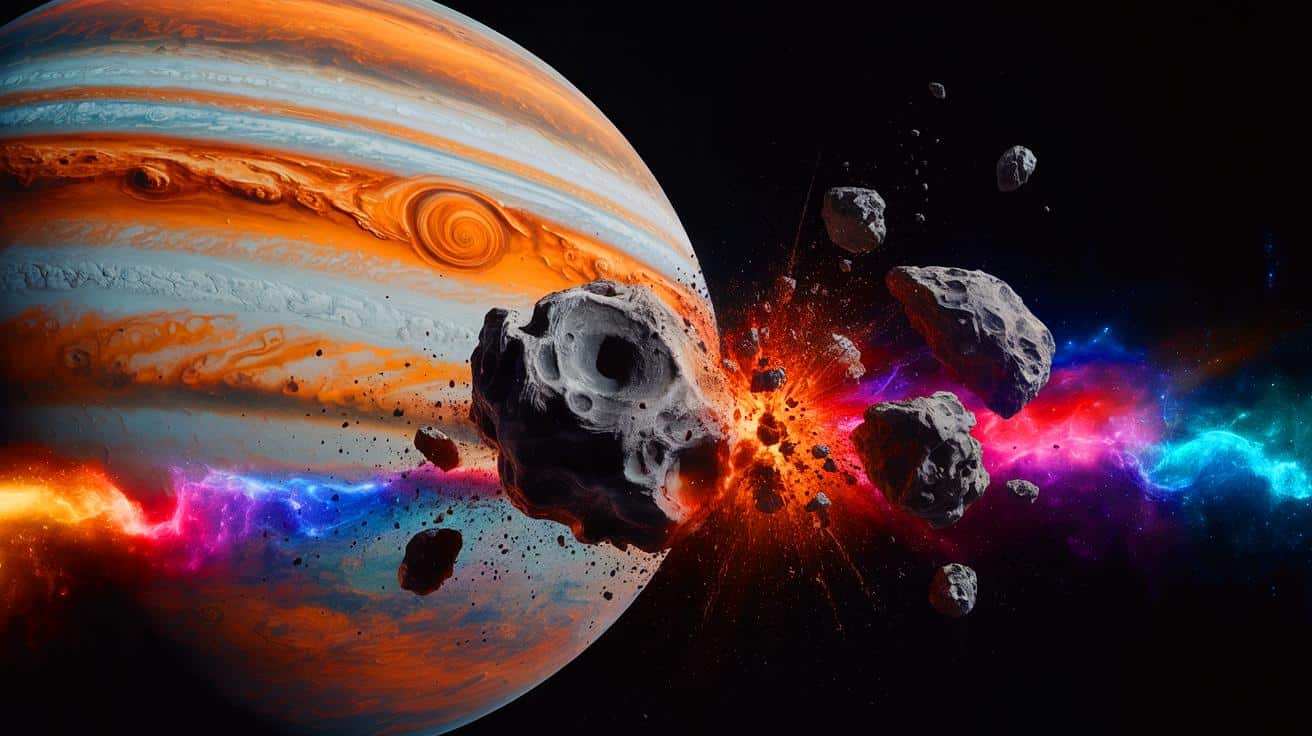
What a difference a year makes! Today Hera’s asteroid mission for planetary defence is cruising through deep space on the far side of the Sun, headed to its final destination: the Didymos binary asteroid system. But a year ago, on 7 October 2024, it was unsure if the mission was ever going to take off at all.
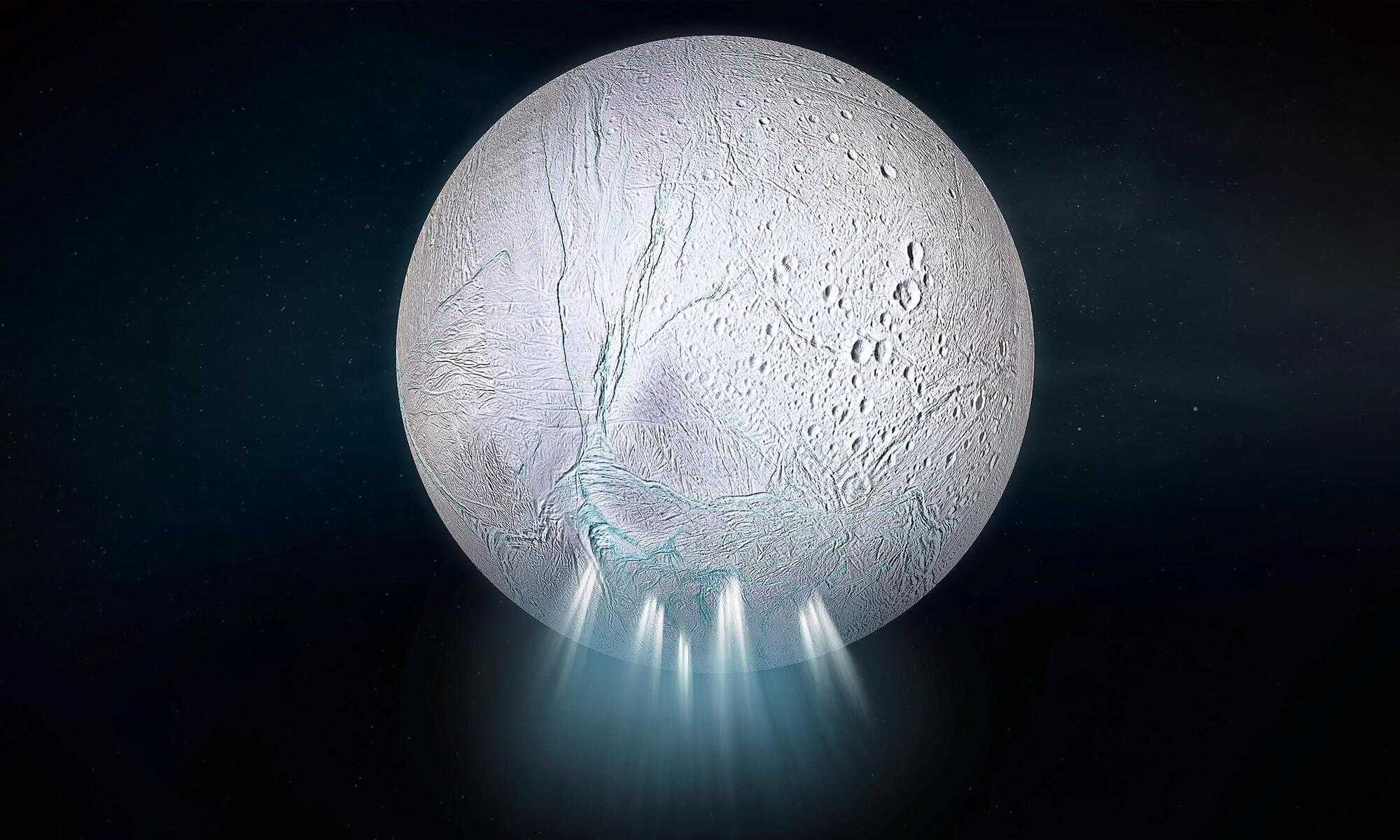
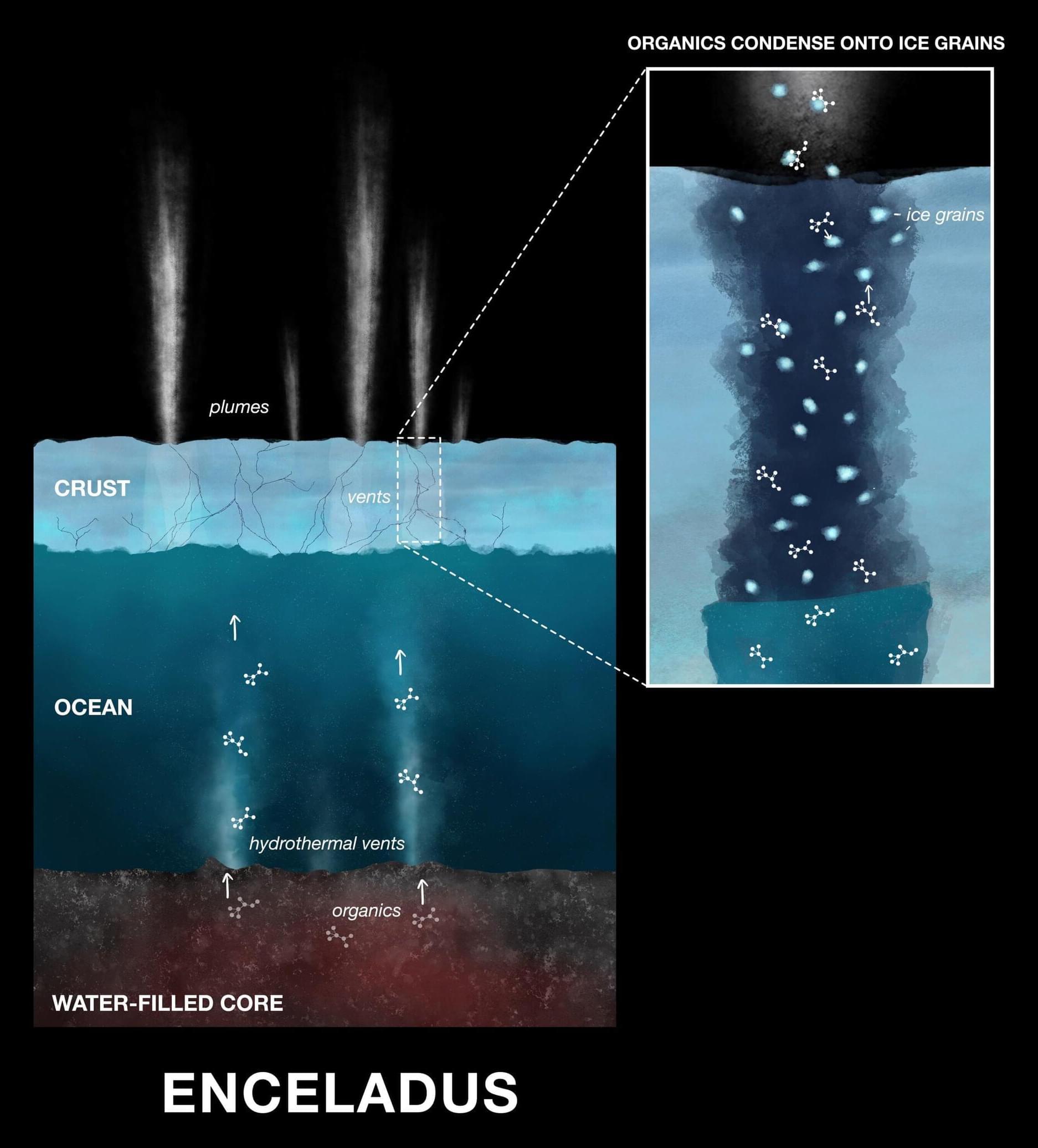
Scientists digging through data collected by the Cassini spacecraft have found new complex organic molecules spewing from Saturn’s moon Enceladus. This is a clear sign that complex chemical reactions are taking place within its underground ocean. Some of these reactions could be part of chains that lead to even more complex, potentially biologically relevant molecules.
Published in Nature Astronomy, this discovery further strengthens the case for a dedicated European Space Agency (ESA) mission to orbit and land on Enceladus.
In 2005, Cassini found the first evidence that Enceladus has a hidden ocean beneath its icy surface. Jets of water burst from cracks close to the moon’s south pole, shooting ice grains into space. Smaller than grains of sand, some of the tiny pieces of ice fall back onto the moon’s surface, while others escape and form a ring around Saturn that traces Enceladus’s orbit.
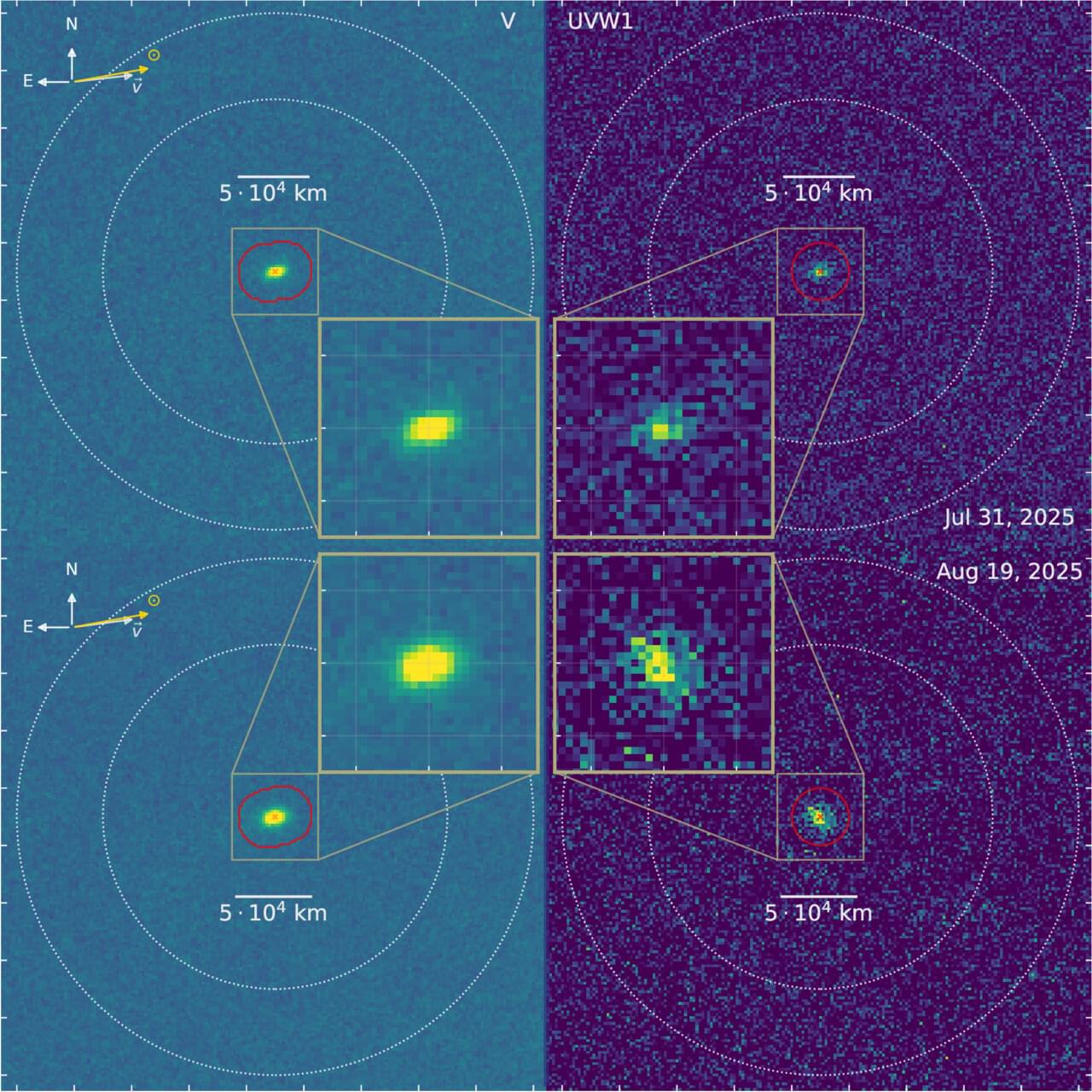
For millions of years, a fragment of ice and dust drifted between the stars—like a sealed bottle cast into the cosmic ocean. This summer, that bottle finally washed ashore in our solar system and was designated 3I/ATLAS, only the third known interstellar comet. When Auburn University scientists pointed NASA’s Neil Gehrels Swift Observatory toward it, they made a remarkable find: the first detection of hydroxyl (OH) gas from this object, a chemical fingerprint of water.
Swift’s space-based telescope could spot the faint ultraviolet glow that ground observatories can’t see—because, high above Earth’s atmosphere, it captures light that never reaches Earth’s surface.
Detecting water—through its ultraviolet by-product, hydroxyl—is a major breakthrough for understanding how interstellar comets evolve. In solar-system comets, water is the yardstick by which scientists measure their overall activity and track how sunlight drives the release of other gases. It’s the chemical benchmark that anchors every comparison of volatile ices in a comet’s nucleus.
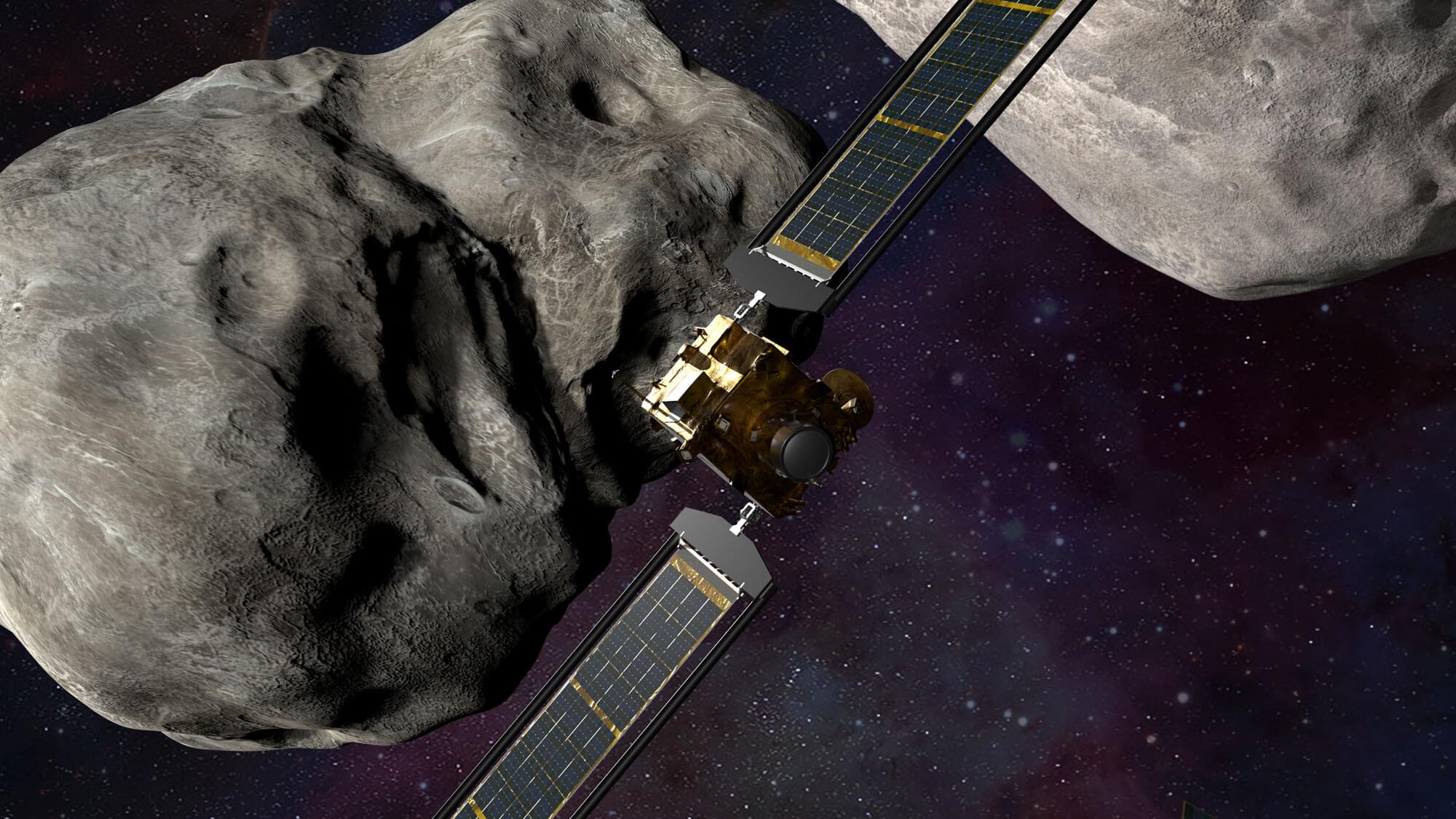
A new study has challenged a popular explanation for the unexpected 30-second shortening of Dimorphos’s orbital period. The researchers found that the proposed mechanism would actually produce the opposite effect, given the gravitational dynamics of the small moon. The paper has been accepted for publication in Astronomy & Astrophysics and is currently available on the arXiv preprint server.

In October 2024, Cyble also disclosed details of a sophisticated multi-stage attack campaign orchestrated by a Vietnamese threat actor that targeted job seekers and digital marketing professionals with Quasar RAT using phishing emails containing booby-trapped job description files.
BatShadow is assessed to be active for at least a year, with prior campaigns using similar domains, such as samsung-work[.]com, to propagate malware families including Agent Tesla, Lumma Stealer, and Venom RAT.
“The BatShadow threat group continues to employ sophisticated social engineering tactics to target job seekers and digital marketing professionals,” Aryaka said. “By leveraging disguised documents and a multi-stage infection chain, the group delivers a Go-based Vampire Bot capable of system surveillance, data exfiltration, and remote task execution.”
